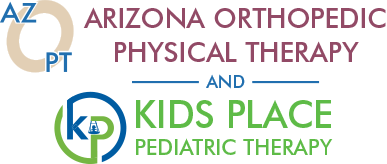Using Dry Needling for Pain
Using Dry Needling for Pain By Genevieve Afan, PT, DPT AzOPT Buckeye Doctor of Physical Therapy What is Dry Needling? Dry needling is a technique used by physical therapists who successfully complete a certification process. It is a treatment rooted in Western medicine, unlike acupuncture, which is rooted in Eastern medicine. Dry needling uses acupuncture…


 Dry needling is a technique physical therapists use for the treatment of pain and movement impairments. The technique uses a “dry” needle, one without medication or injection, inserted through the skin into areas of the muscle.
Dry needling is a technique physical therapists use for the treatment of pain and movement impairments. The technique uses a “dry” needle, one without medication or injection, inserted through the skin into areas of the muscle.

